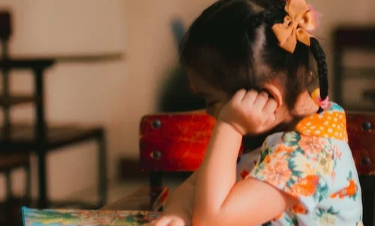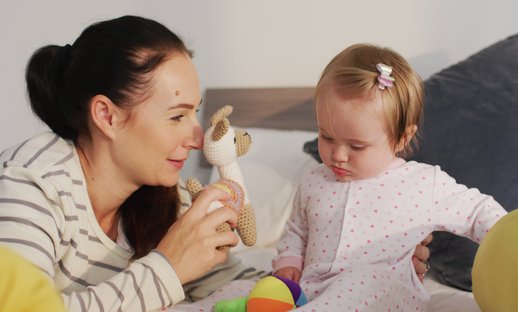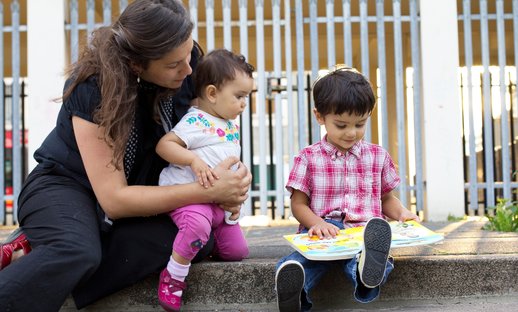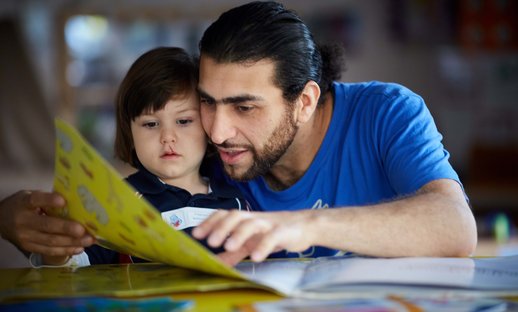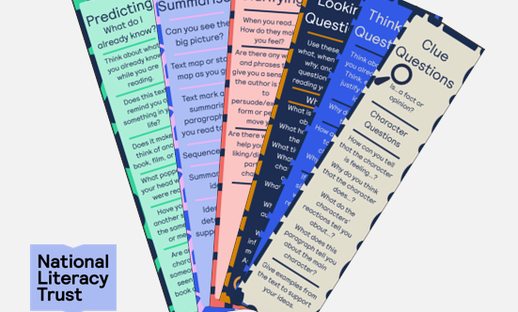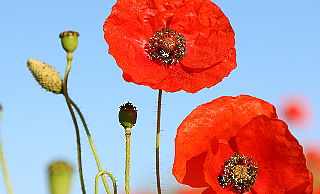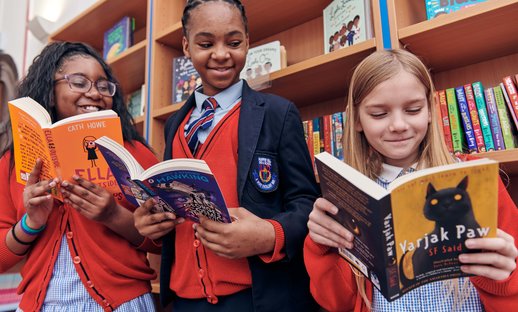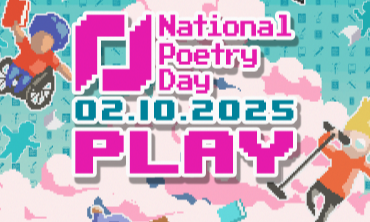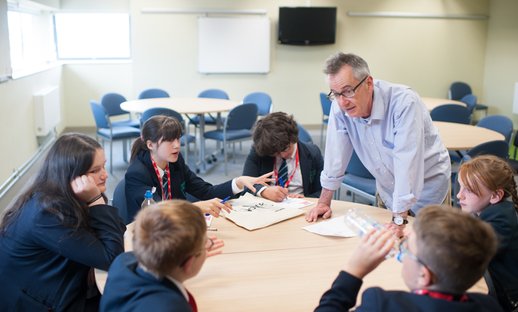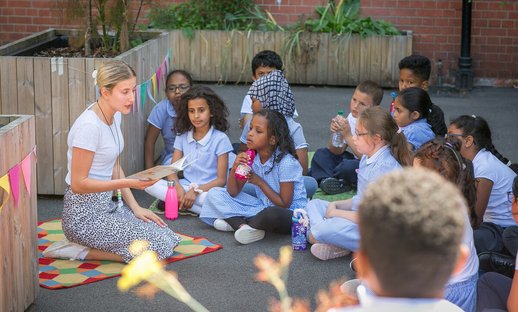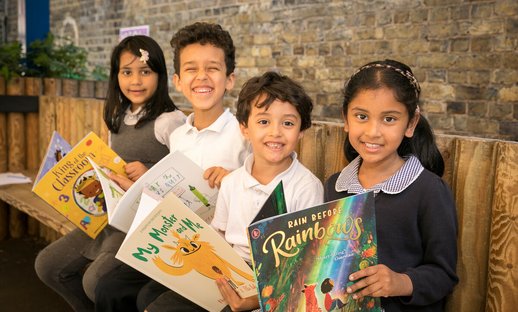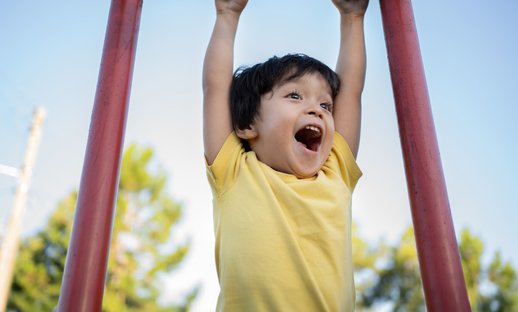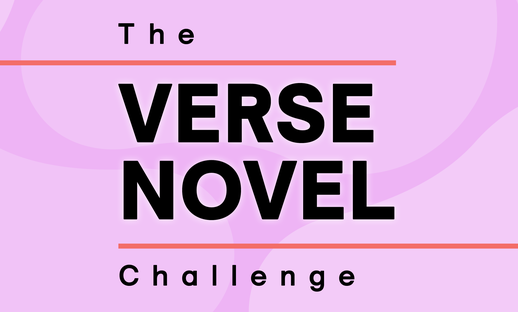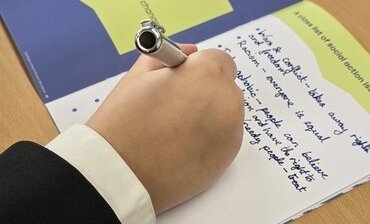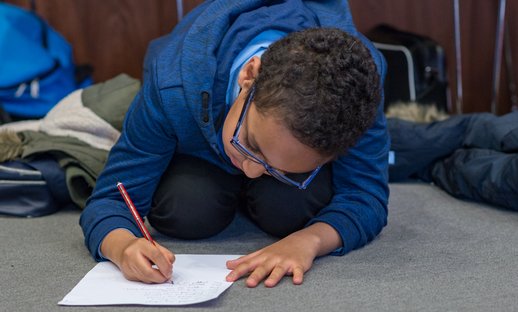-
Free
Jólabókaflóð: Festive winter reading to promote reading for pleasure.View details about Jólabókaflóð - the Christmas book flood -
Free
Celebrate national Non-Fiction November in your classroom with our expertly curated guidance, booklists and classroom ideas.View details about Non-Fiction November 2025 -
Free
Discover poetry, stories and non-fiction texts all about fireworks and festivals, and try out some fun writing and oracy activities in the classroom.View details about Fireworks and festivals: a hot topic resource -
Programme
We have a number of resources available for settings delivering First Words Together.View details about First Words Together resources -
Programme
We have a number of resources available for settings delivering Early Words Together at Two.View details about Early Words Together at Two resources -
Programme
This page contains all the additional resources you will need to run Early Words Together.View details about Early Words Together 3 to 4 years programme resources -
Premium
Our Talk for Reading bookmarks support pupils, teachers, and parents with thought-provoking questions that spark discussion and deepen understanding.View details about Talk for Reading bookmarks -
Free
Developed in partnership with the Royal British Legion, we provide a national online assembly and poetry teaching resources and workshops to explore the importance of commemorating...View details about Remembrance 2025: National Assembly and teaching resources -
Premium
Practical strategies for building a whole-school culture of literacyView details about Launching Literacy -
Free
National Poetry Day falls on the first Thursday of October each year, and we produce new resources to help you celebrate and explore the focus theme.View details about National Poetry Day 2025 -
Premium
This guide outlines techniques to help secondary school students develop and improve their listening skills.View details about Developing listening skills in secondary school -
Premium
Support disciplinary writing with model texts that demonstrate features of text organisation and language use.View details about Writing in secondary subjects -
Premium
Support secondary students’ success with practical, research-informed strategies to build vocabulary across the curriculum.View details about Developing vocabulary in secondary schools -
Premium
This flexible resource empowers learners of all ages to explore themes like identity, belonging and community through the rich, visual storytelling of picture books.View details about Reading the world - promoting critical thinking -
Premium
A vibrant resource for primary schools, designed to ignite whole-staff enthusiasm and embed the transformative joy of poetry across the curriculum.View details about Unlocking poetry: a poetry lover's classroom -
Premium
Simple and straightforward ideas to encourage a buzz about books across the school.View details about Encouraging book talk -
Free
Dual, multi and home language books provide a powerful way to ensure inclusion and help boost language development and children's engagement in reading for pleasure.View details about Multi-language booklist -
Free
Practitioner guidance and a parent booklet to help make the most of everyday moments for giving children the literacy skills they need to thrive at school.View details about Everyone ready for school -
Free
Encourage and diversify reading for pleasure in your school with The Verse Novel ChallengeView details about The Verse Novel Challenge -
Free
Inspire writing for pleasure in your classroom with these writing prompts and games and find ways to tap into pupils' motivations for writing.View details about Writing for Enjoyment: ideas, activities and writing prompts -
Premium
Understand the latest findings on writing attitudes and behaviours among children and young people aged 5 to 18, and discover fun ways to explore and inspire writing for pleasure...View details about Research into Practice: Write your way

